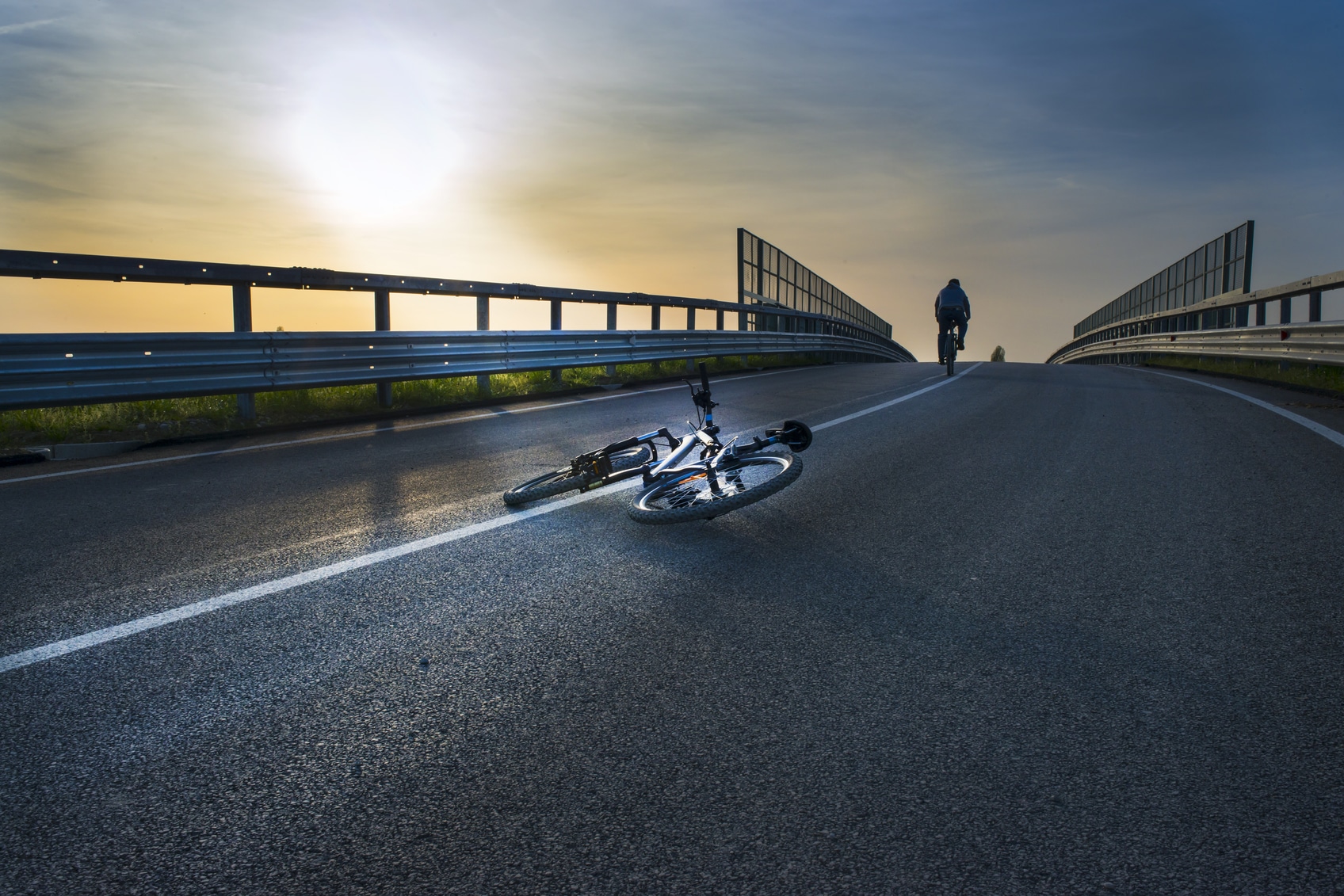Vehicles, bicycles, and pedestrians are often a deadly mix. This is especially true when vehicles are in close physical proximity to either cyclists or pedestrians. Speed matters and speed kills.
The Connection Between Speed and Crash Fatalities
The faster the rate of vehicle speed, the more likely that any accident involving a cyclist or pedestrian will involve a fatality. The likelihood that either a pedestrian or cyclist will survive a collision with a car traveling 60 mph is almost non-existent. Even at moderate speeds, the risk of severe injury and death is surprisingly high.
Data Regarding Pedestrian Collisions and Speed
Data show that severe injury for a pedestrian increases with the vehicular speed at impact.
The risk of severe injury is approximately:
- 10% at 16 mph
- 25% at 23 mph
- 50% at 31 mph
- 75% at 39 mph, and
- 90% at 46 mph.
The risk rises significantly with only moderate increases in vehicular speed. The pattern is similar when examining the risk of death at various vehicular speeds.
The risk of death is approximately:
- 10% at 23 mph
- 25% at 32 mph
- 50% at 42 mph
- 75% at 50 mph, and
- 90% at 58 mph.
These figures are grim. It does not take the average suburban city street speed limit of 25 to 30 mph to incur a substantial risk of death and a high risk of severe injury. These figures adjust with the age of the victim. Unsurprisingly, elderly pedestrians are at greater risk at lower speeds than their younger counterparts.
Speeds and Collision Data for Bicyclists
Similar data from other studies show that cyclists are perhaps the most at risk of severe injury in collisions with vehicles. Studies consistently show a greater risk of severe injury and death with increased speed and increased age.
Data shows a high degree of severe injury for a cyclist even at a posted speed limit of 25mph. At 30 mph, the risk of injury and death are approximately equal. At 35 mph, the risk of fatality increases, outstripping serious injury. The number of fatalities and cases of serious injury for both pedestrians and cyclists begins to decline after 35 mph. This is due to the decreased likelihood of finding either pedestrians or cyclists on a roadway with a higher posted speed limit.
Evidence of Reduced Speeds on Patterns of Injury and Death
In Denmark, national speed limits have been lowered several times starting in 1974. With each reduction in speed limits, pedestrian injuries declined both in frequency and severity.
There is a difference between reducing the speed limit and reducing actual speeds that are driven. Studies show that reducing the speed limit reduces the driver’s speed by about 25 percent. In other words, if the speed limit is dropped from 50MPH to 30MPH, drivers will, generally speaking, only drop their speed by 5MPH.
There is one thing that has proven to have some efficacy in changing driver behavior: citing drivers for traveling over the speed limit. This is particularly true when the cost of the ticket is high and when the presence or absence of law enforcement to give citations is randomized.
Overall, it is helpful for drivers to be given information on public safety and speed limits. This, coupled with enforcement, has proven to have modest but real effectiveness.
Engineering and Speed Management
Using engineering solutions to reduce speeds has proven successful in Europe. Traffic calming” has a positive impact on pedestrian and cyclist safety.
Speed humps, roundabouts, Chicane (an S-shaped curve added to a roadway to slow traffic), gateways into towns and neighborhoods are all examples of engineering methods that can slow traffic speed.
These methods are most useful in areas where the speed is already at a moderate level and in areas of high numbers of crashes. These methods should be used in city planning to make everyone safer.
Targeting Speed Might Not Be The Most Practical Solution For Keeping Riders Safe
Keeping vehicles away from both pedestrians and cyclists is still the safest for all involved. When all come together into closer contact, it should be at points where vehicles are required to travel at lower speeds. Because the speeds posing the risk of severe injury are already low, further lowering them for protracted periods on the roadway may be impractical.
However, speed limits can be lowered in key areas of particular risk to cyclists and pedestrians. This includes intersections and places where all share the roadway. To encourage vehicular compliance, more education regarding speed and safety is required.
Enforcement by itself produces only limited speed limit compliance. Compliance increases when enforcement is coupled with education. Adding engineering management tools also helps ensure speed limit compliance. Communities can plan their roadways in such a way as to reduce risk in the areas where vehicular traffic, cyclists, and pedestrians converge.
For more information, see our benchmarking report or contact us.






Leave A Comment